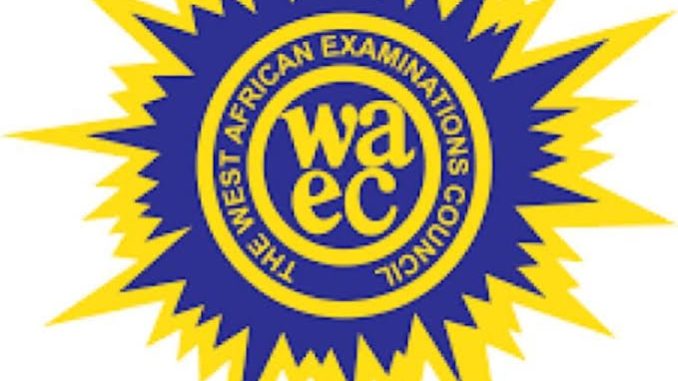
*ELECTRICAL INSTALLATION*
(1a)
(1ai) Open circuit voltage: Open circuit voltage refers to the voltage present in a circuit when there is no load or external resistance connected to it. In this state, the circuit is not complete, and current does not flow. The open circuit voltage represents the maximum voltage that the source can provide.
(1aii) Closed circuit voltage: Closed circuit voltage, also known as loaded voltage, is the voltage measured in a circuit when it is connected to a load or external resistance. In this state, the circuit is complete, and current flows through the load. The closed circuit voltage is usually lower than the open circuit voltage due to the internal resistance of the source and voltage drops across components.
(1b)
(1bi)
(I)Faulty brushes:
(II)Armature faults
(1bii)
(I)Weak field winding:
(II)High internal resistance:
(III)Mechanical losses:
(1biii)
(I)Loose or damaged components:
(II)Airflow restrictions: (III)improper installation.
(1c)
(i)PVC (Polyvinyl Chloride) conduit
(ii)Metal conduit
(iii)Surface-mounted cable trunking
(iv) Cable clips
(v)Cable channels or raceways:
*ELECTRICAL INSTALLATION*
*NUMBER TWO*
(2a)
(I). Moisture content
(II) Soil composition
(III) Temperature
(IV). Depth of the grounding electrode
(V) Frequency of the electrical current
(2b)
(I). Adequate support and fixing of the trunking
(II)Proper cable segregation within the trunking
(III) Correct selection of the trunking material
(IV). Adequate access for maintenance and inspection
(2c)
(I). Improper cable termination
(II) Inadequate labeling and identification
(III) Overloading of circuits
(IV). Poor electrical connections
(2d) Single phasing is a condition where one of the three phases in a three-phase power system is not functioning as it should due to a fault or break in the circuit. This can result in reduced power output or damage to equipment.
(2e)
(I). Chalk line
(II). Measuring tape
(III) Spirit level
(2f) Soldering is the process of using a metal alloy with a low melting point to join two or more pieces of metal together. This is done by heating the parts to be joined and applying the solder to the joint, creating a strong and permanent connection.
(2fi) The two methods of soldering are:
(I). Heating the metal components with a soldering iron and applying the solder to the joint.
(II). Applying flux to the joint and using a propane torch to heat the joint, then applying the solder.
(2fii)
(I). Soldering iron or propane torch
(II) Solder wire
(III). Flux paste or liquid.
(3ai)
(I)Improved aesthetics and ambiance.
(II) Increased safety and security.
(III)Energy efficiency:
(3aii)
(I) Room size.
(II) Purpose of the room:
(III). Wall color and finishes:
(IV) Furniture placement.
(3b)
(I). Measure and cut the conduit to length.
(II). Clean the ends of the conduit with a conduit reamer or file.
(III). Attach a threading die to a pipe threading machine.
(IV). Clamp the conduit securely in a threading vise.
(V). Feed the conduit through the die to thread it.
(3c)
(i) Fuse: A fuse is a device used to protect electrical circuits from overcurrent conditions. It contains a metal wire or filament that melts when too much current flows through it, breaking the circuit and preventing further damage.
(ii) Current rating: The current rating of an electrical device is the maximum amount of current that it can safely handle without overheating or sustaining damage.
(iii) Fusing current: Also known as the rated breaking capacity, fusing current is the maximum amount of current that a fuse or circuit breaker can safely interrupt without sustaining damage.
*ELECTRICAL INSTALLATION*
*NUMBER FIVE*
(5a)
W – Yoke.
X – Field Winding.
Y – Pole.
Z – Armature Conductor.
(5b)
W: Yoke – serves as the frame and provides a path for magnetic flux.
X: Field Winding – generates magnetic field when current flows through it.
Y: Pole – interacts with armature to produce torque.
Z: Armature Conductor – converts electrical energy into mechanical energy.
(5ci)
(I). Screwdrivers
(II). Wrenches
(III). Pliers
(IV). Spanners
(5cii)
(I) Disconnect power sources and make sure it’s safe to proceed.
(II). Remove the end covers and any bolts or screws holding the casing in place.
(III). Carefully lift the rotor and stator out of the casing.
(5di) If the part labeled Y is burnt, it will affect the interaction between the pole and armature conductor, reducing or stopping the motor’s ability to generate torque.
(5dii)
(I) Disconnect the motor from the power source and remove it from any equipment.
(II). Disassemble the motor and remove the original windings.
(III). Clean the core and inspect it for damage.
(IV). Insulate the core and begin winding the new coils.
(V). Connect the winding ends and insulate them.
(VI) Reassemble the motor and test it to ensure it’s functioning correctly.

Leave a Reply